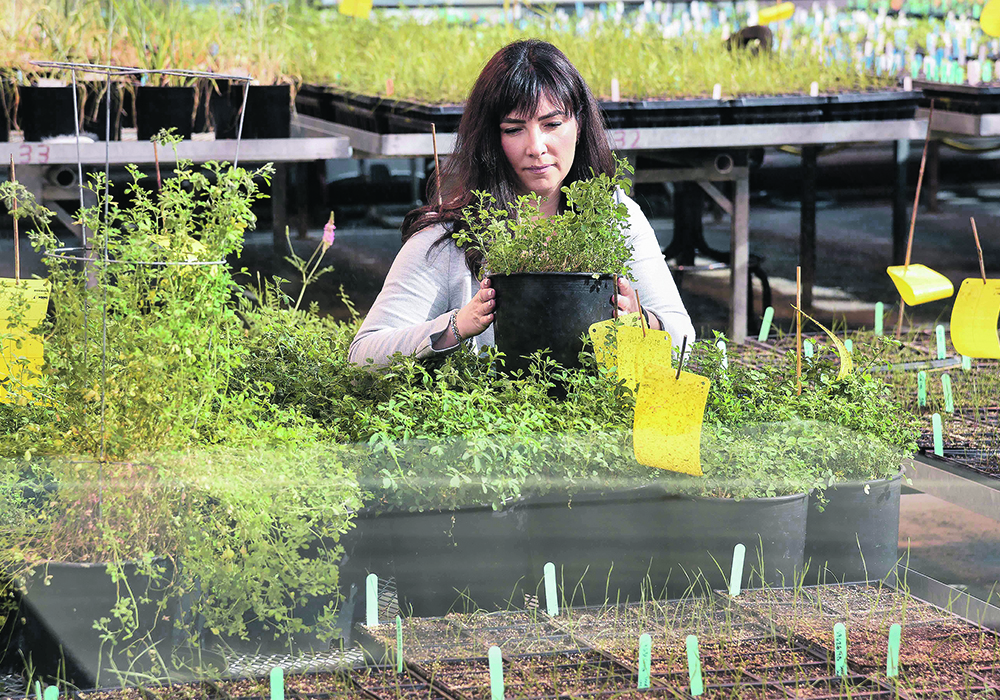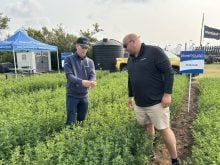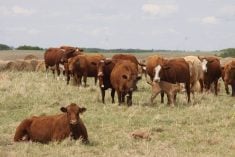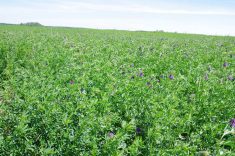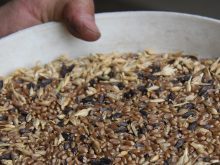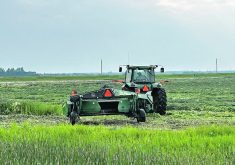Beef industry research chair in integrated forage management addresses concerns raised by the beef, forage industries
Breeanna Kelln was once a truck driver who hauled super-B trailers loaded with grain and fertilizer around Western Canada.
She is still in the driver’s seat, but this time as the first beef industry research chair in integrated forage management at the University of Saskatchewan.
Kelln met many farmers in her former role but after further education, she came to realize that livestock producers and researchers were her true tribe.
“Once you get into college or university and you’ve got these peers that are like you, able to discuss things that are of interest to you, the classes you’re taking are of interest to you. That was really what it was like, I finally found my people,” she said.
Read Also
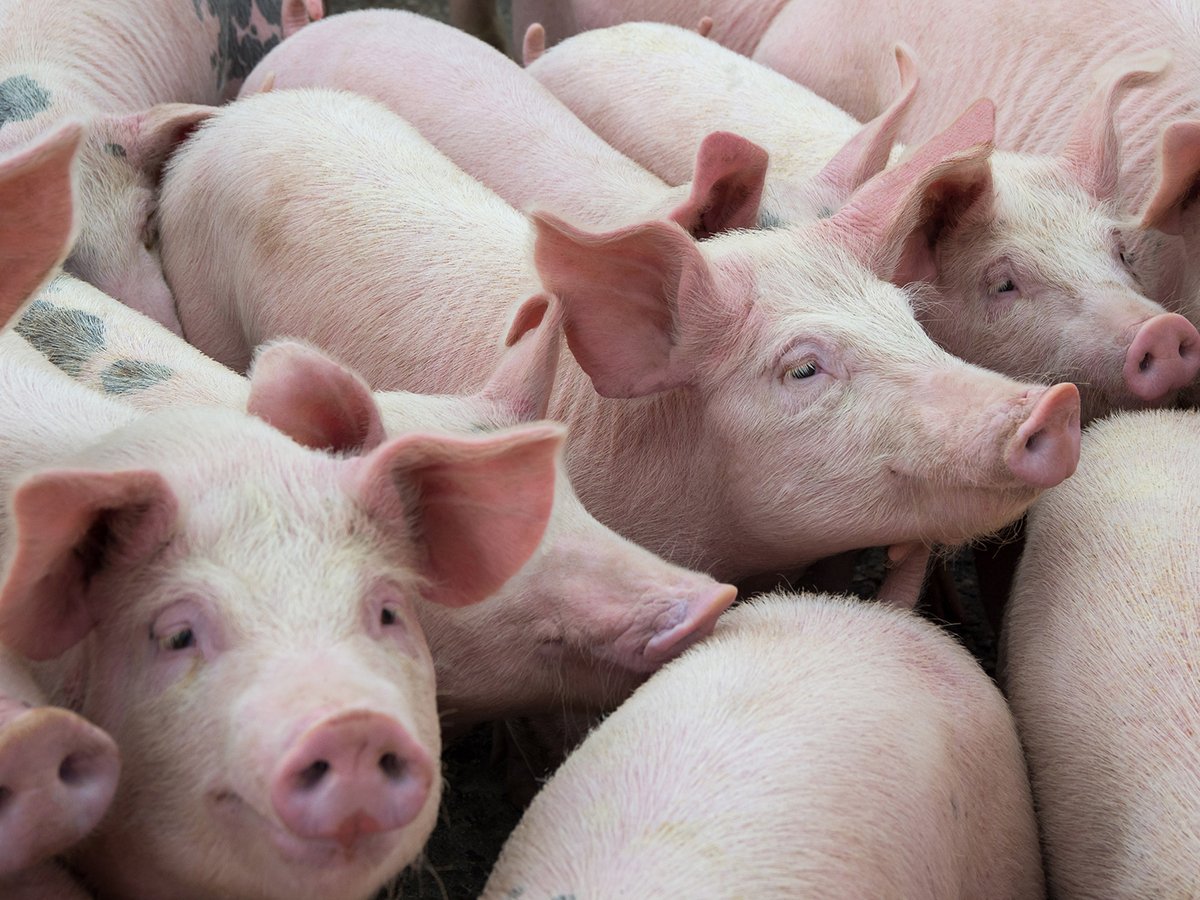
Quebec pork company calls for transparency around gene-edited pigs
Quebec-based pork company duBreton is calling for transparency around meats from gene-edited pigs on concerns that a lack of mandatory labelling will confuse consumers, and dilute certification claims. The organic sector is also calling for labelling rules.
Kelln attended Lakeland College in Alberta for a year before transferring to the U of S, where she studied under Dr. Bart Lardner and completed her fourth-year project looking at winter feeding options for cattle. She followed that with a more in-depth look at the effects of winter-feeding systems on beef cow performance, soil nutrients, crop yield and system economics.
Armed with a master’s degree, Kelln changed gears and worked as an agronomist for several years before starting her PhD, again with Lardner as her mentor.
Meanwhile, she and her husband bought land from family and neighbours at Duval, Sask., and grew their cow-calf herd to 1,000 head. In 2019, they disbursed the herd and now have a small cow herd, grow forages and grain and operate a commercial laying hen barn.
Last year, Kelln defended her PhD thesis: improving grazing capacity through introduction of bloat-free legumes in existing pasture stands.
The beef industry research chair position was created to help address concerns raised by the beef and forage industries.
“The role was a push from industry in order to provide more knowledge, more research capacity to support beef and forage producers,” she said.
It is funded by the Canadian Cattlemen’s Association through the Beef Cattle Research Council, the Saskatchewan Cattlemen’s Association, the federal government and the Saskatchewan Ministry of Agriculture, and the Global Institute of Food Security.
Kelln’s research is geared to the interconnection between plant sciences and animal sciences.
“It’s not just strictly looking at the animal, but we’re also going to look at how does the animal connect to the plant? How is the plant connected to the soil? How do they all interface?” she said.
“We have lots of great plant breeders. My role, for example, would be to take some of those species or those new varieties that they’re breeding and look at them in a more applied setting,” she said.
Less than a year into the job, Kelln divides her time between research, extension and, starting in the fall, teaching.
“I love it. I’m naturally a curious person. I find it incredibly exciting to be able to ask a question and then work that through to finding a solution, an answer, and then disseminating that information,” she said.
The job also provides variety.
“That really appeals to me. It’s not the same thing every day. The way we conduct research can be somewhat structured, but the projects themselves are very different. That, to me, is extremely exciting and that’s what adds the variety to my day that I enjoy.
“I am hopeful that I can create some positive change and provide information to producers that they need. … I feel like it’s my responsibility, my role to provide them with little snippets of information maybe that can make their lives easier, or better, or their operations more profitable,” she said.
This spring she plans a project that will try to determine the optimal seeding rate for legumes when a producer decides to sod-seed a pasture.
“I can find recommended seeding rates for monocultures, like freshly seeded alfalfa. Where would I find a mixed blend or seeding rate for sod seeding? Well, there isn’t any,” she said.
“I’ve been getting lots of questions on pasture rejuvenation because that was what my PhD project was on. That’s kind of where this seeding rate trial came from.”
Plans for the future include an annual crop silage-based project to look at species bred and seeded in Western Canada, such as wheat, barley, triticale and rye, in combination with forage peas, to see what happens when they are grown in a polyculture.
A third project will analyze stocking rates and grazing duration within a native grassland setting.
Kelln said all three projects are important because perennial yields and acres decline every year.
According to U of S data, from 1980 to 1990, the 10-year average yield was 2.2 tons per acre. From 2012 to 2022, it shrank to 1.7 tons per acre.
Besides a feed source for cattle, healthy forages help maintain a healthy environment.
“These are the acres that are providing habitat for species and endangered species. They’re also providing a huge amount of potential for carbon sequestration,” Kelln said.
Operating a mixed farm gives her added insight, she added.
“I feel like I kind of have skin in the game a little bit and I like that. It provides me with a perspective. When I approach a project or when I think about a project, it brings me back to that. Who am I doing this for?
“When I go to a presentation, I will probably learn more from some of the producers sitting in the audience. As a researcher, those are really valuable conversations to me. They give me new ideas. I’m getting feedback from the person with boots on the ground.”
Kelln said her previous work in trucking, done when relatively few women were working in that field, gave her confidence to pursue her interests.
Twenty years later, she still ponders her decision to climb into a truck, having never driven a standard transmission or pushed a clutch. But driving into farmyards and through all kinds of weather tested her grit.
“I guess what I realized is that if I want to do something, I can do it. And so I think that has carried on. Generally, people are a lot more accepting and open, and as long as you’re a genuine person, you’re going to have a good experience.


